‘A close and harmonious skilled team with a shared objective can reach any goal’For the second time, the Sartarelli family has taken the trophy for the best Italian White Wine at the International Wine Challenge. The winning wine this time round is the Balciana 2017.
The first time the family-run winery – which specialises in single varietal Verdicchio wines – won the trophy was 21 years ago, with the Balciana 1997 triumphing at the 1999 International Wine Challenge. Not only did this wine win the Italian White Trophy that year, it also took the Champion White Wine award and put Verdicchio on the world stage.
“What a great success!” Patrizio Chiacchiarini recalls. “For the first time ever, a Verdicchio – a quite unknown and undervalued variety till then – hit the international scene and this was a very important start for us.”
Over the intervening two decades, what’s changed?
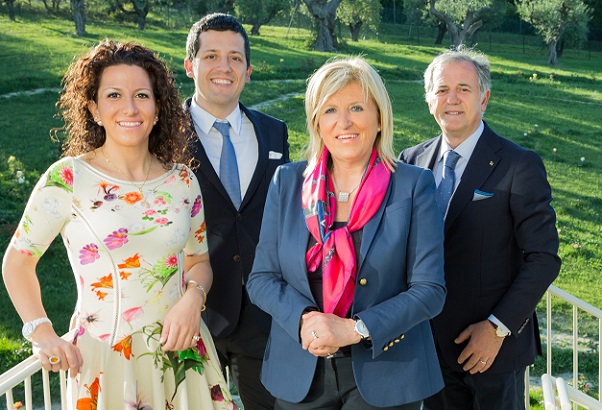
Patrizio, who planted the vineyard in 1990 and runs the business with his wife Donatella, son Tommaso (the winemaker) and daughter Caterina (marketing, export and sales), replies: “Back at that time, our desire was to relaunch a vine, which was almost scorned, while today it is the one of reaffirming Verdicchio as one of the best white wines of Italy.”
It certainly achieved that at the rigorous IWC blind-tasting in London last month, scoring 96/100 points.
I push Patrizio for more details about what has changed since the first and latest successes.
“From the agronomic point of view, nothing has changed much, as the pruning and the way of running the vineyard are still almost the same,” he says. “However, our skilled team of co-workers have been continuously improving their care of the vineyard during all its vegetative phases so as to obtain healthier products by respecting above all the vine, the environment and the customer’s health.
“As the vineyard’s age increases – it is almost 30 years old now – the quality of the wine has also increased and the sensorial characteristics of the wine have become more enhanced. The vine, having a much more developed root system, can better stand the current climate changes and the summers which are getting hotter and hotter.
“At the beginning of the 1997 and 2017 vintages there was a change of oenologist. 2017, as a year, also marked a big personal change to us as our children, Caterina and Tommaso, finally took the reins of the company into their own hands.
“We are very happy and proud of this award because it proves that a close and harmonious skilled team with a shared objective can reach any goal. This award repays the work of the entire Sartarelli team and pushes us to continue along the same path we took many years ago.”
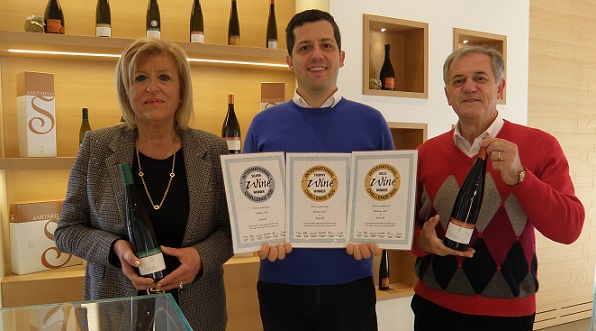
One significant change is the Sartarelli.ZERO project, which started in 2013 but achieved certification in February 2020. The aim is to ensure that no residues of synthetic chemical molecules are found either in the grapes or wines.
Some things, however, are similar. The Balciana harvest is always late and unusual. Patrizio says: “It is quite the opposite to the usual selections, because instead of going into the vineyard to pick the best grapes periodically, as we do for Tralivio, here the best grapes are left on the vines to mature. In September our co-workers go into the vineyard a couple of times to trim the grapes so that the most beautiful and mature ones remain on the vines where they will continue to ripen until they reach that exceptional violaceous colour typical of Balciana.”
Until this year, November 26 was the latest day on which they picked the Balciana grapes, but this year set a record: November 30.
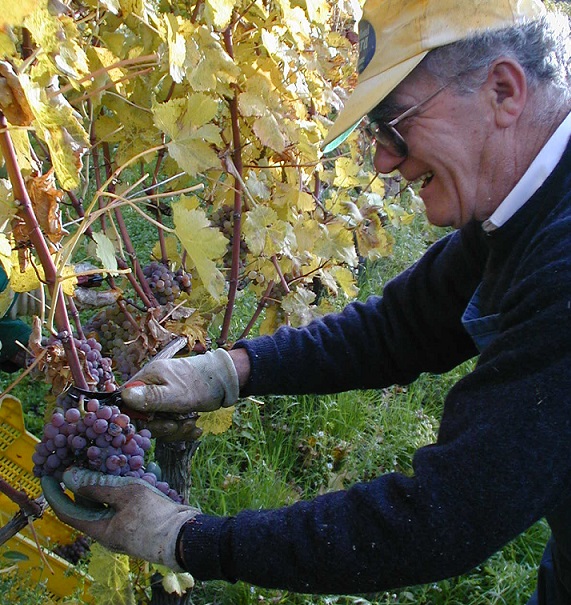
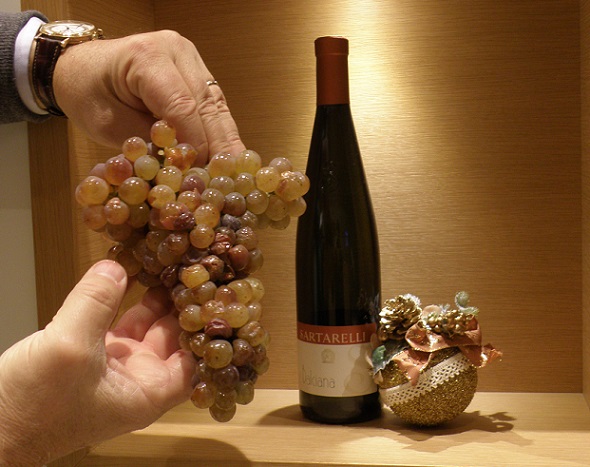
Patrizio first decided to leave the grapes on the vines to see what would happen in 1994. What happened was that noble rot developed in some of the bunches (typically 5–10% of the grapes), adding an explosion of aromas and flavours, such as ripe and tropical fruits, sweet notes of honey, liquorice root, citrus fruits and almonds, and a lovely golden colour.
“You can fall in love with this wine just by looking at it,” Patrizio says.
The IWC judges described it as a “wonderfully rich and golden wine, filled with ripe mango, guava and apple skin. Almond notes on a layered palate, with plenty of flavour and richness. Savoury with a delightfully pithy, chewy freshness. Slightly tropical and altogether delicious on the finish.”
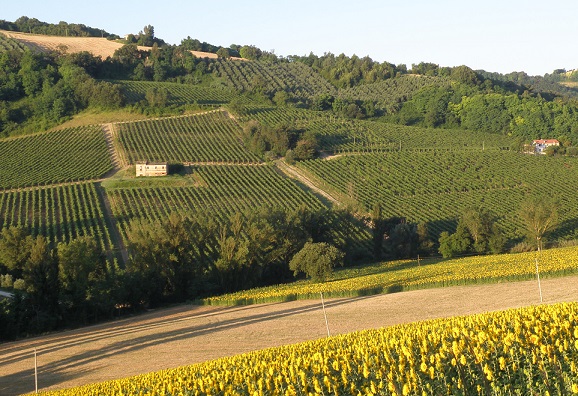
Grapes from the low-yielding vineyard (9 tons per hectare, of which 3 tons are used for the production of Balciana) are carefully handpicked into 15kg crates, so as not to split the berries.
After destemming and crushing, the grapes are softly squeezed in a horizontal membrane press. The must is immediately pumped into stainless-steel tanks for settling, racking to a different tank for fermentation with cultured yeasts at a temperature of 18-20°C “to enhance the aromas”. After fermentation, the wine is racked several times to clarify it.
After bottling, the wine is stored in an air-conditioned warehouse at a temperature of 16°C.
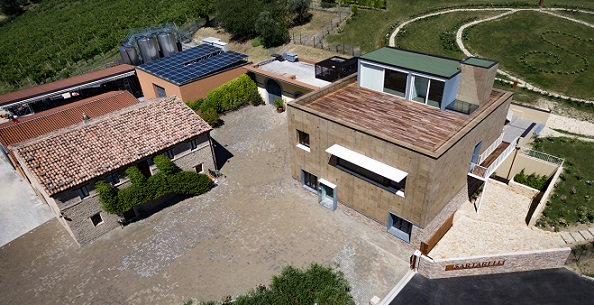
Sartarelli’s winery, offices and Verdicchio museum are built around a century-old country house at 350m above sea level. The family owns 55ha of vineyards and 6ha of olive groves in Poggio San Marcello, located among the beautiful rolling hills of the Marche region and the DOC Verdicchio dei Castelli di Jesi Classico.
Contrada Balciana, a single 9ha vineyard in an amphitheatre shape, is visible from the terrace of the renovated winery.
The wine business was started in 1972 by Donatella’s father, Ferruccio Sartarelli, a high-quality baker with a passion for wine, who decided to try his hand at making a world-class Verdicchio, and now the family produces about 300,000 bottles a year.
Sartarelli’s philosophy
“A product of excellence is obtained by respecting the grape bunches and the care with which they are transformed. Respect and care are two values on which Sartarelli’s philosophy is based. This is why we have always run the vineyards in total respect of the environment. We are firmly convinced that the careful selection and an accurate maturation of the grapes lead to a superior quality wine.”
Sartarelli Balciana 2017
Alcohol: 15.5%pH: 3.7
Total SO2: 90-100mg/L
Total tartaric acid: 5.2g/L
Total dry extract: 28g/L
Residual sugars: <4g/L
Closure: Natural cork
Production: about 15,000 bottles
Sartarelli’s 5 wines
- Sartarelli Brut (a sparkling wine made of 100% Verdicchio)
- Sartarelli Classico (Verdicchio dei Castelli di Jesi d.o.c. Classico)
- Tralivio (Verdicchio dei Castelli di Jesi d.o.c. Classico Superiore)
- Balciana (Verdicchio dei Castelli di Jesi d.o.c. Classico Superiore)
- Sartarelli Passito (Verdicchio dei Castelli di Jesi d.o.c. Passito)


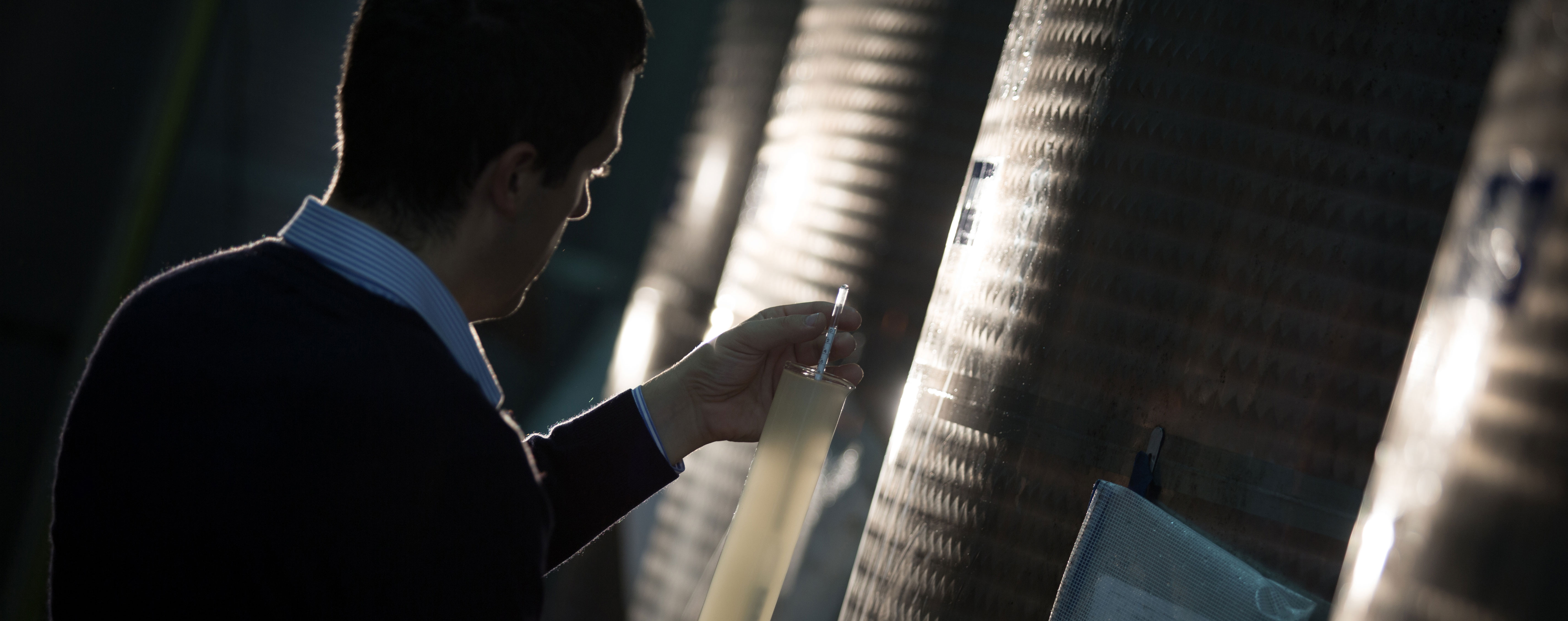










.png)






